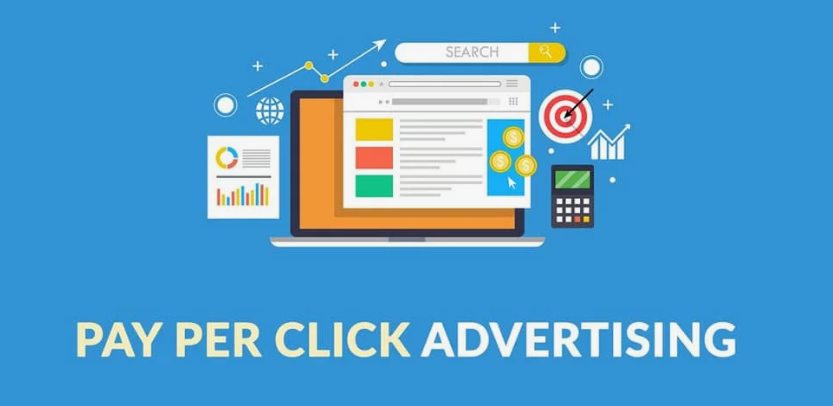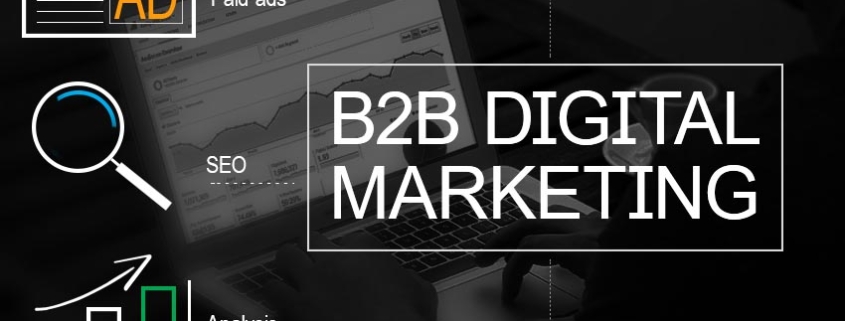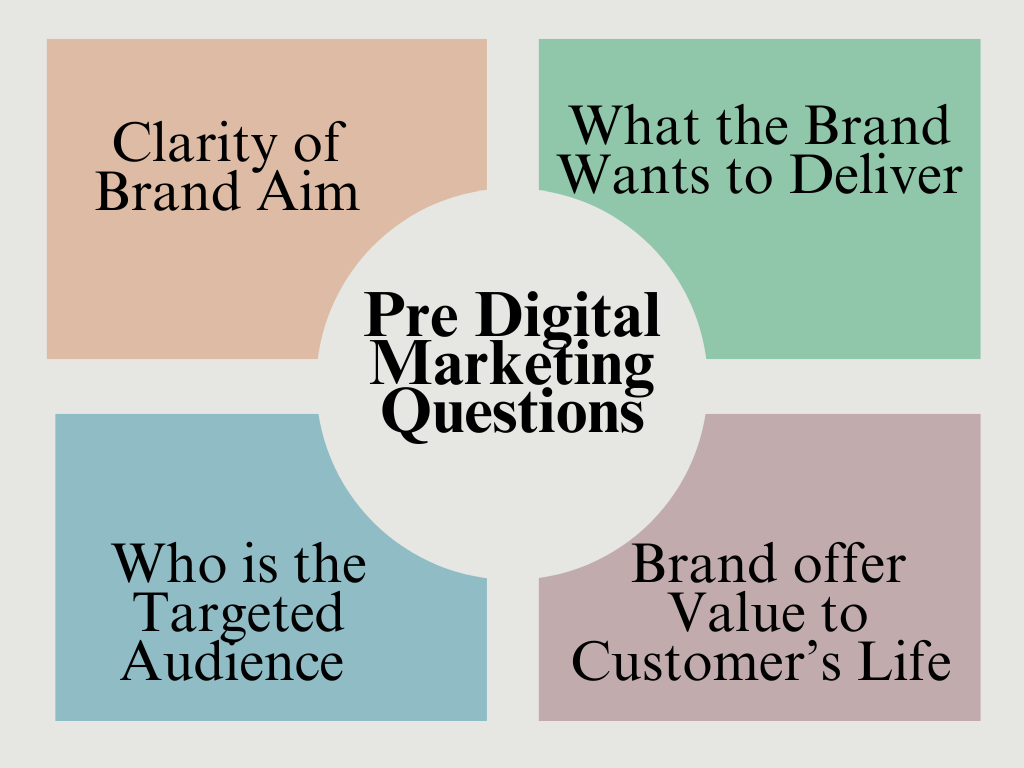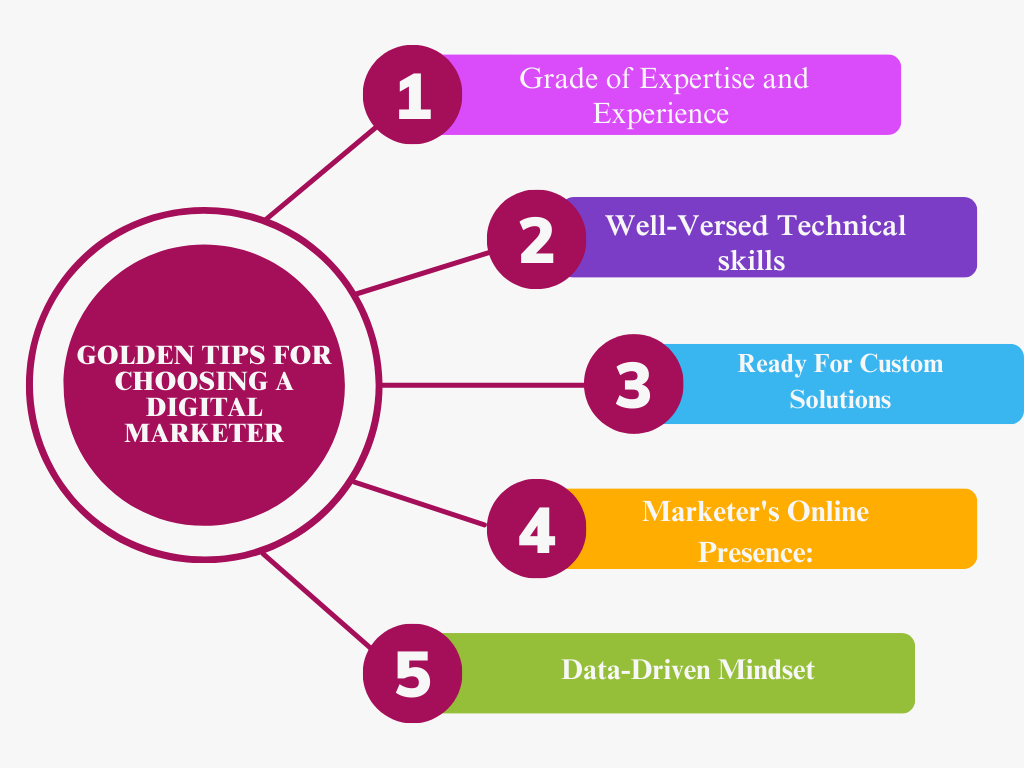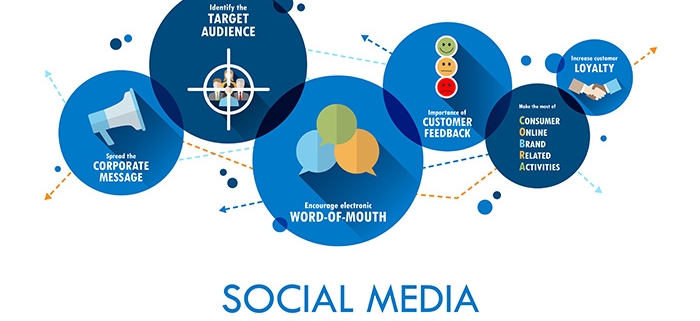Undoubtedly, digital marketing has become a vital tool for organizations to succeed in today’s technologically advanced society. Leveraging digital media is essential for connecting with potential clients and developing a strong online presence, regardless of the company’s stage of development. However, ranging from what is digital marketing to what are the different types – we have mentioned them all! In order to assist you in comprehending this ever-evolving area, we have provided examples and ideas while dissecting the answers – for your ease!
-
Understanding the Basics of Digital Marketing:
Are you aware of the fact that the use of digital platforms and technology to advertise goods and services is known as digital marketing? Well, these channels include websites, email, social media, search engines, and more.
Due to shifting customer habits and technology breakthroughs, this industry is always changing. The opportunities are numerous, ranging from video marketing to internet marketing, which makes it both an exciting and difficult field for marketers and organizations.
-
Do You Want To Know How Digital Marketing Works?
With the help of online tools and platforms to engage with a target audience – this is how digital marketing works. For a better understanding, we have streamlined and jotted down the process:
-
Establish Goals:
Establish goals, such as sales, lead generation, or brand exposure.
-
Know Your Audience:
Recognize your target market’s inclinations, characteristics, and habits.
-
Choose Channels:
Pick the best digital marketing channels, such as pay-per-click advertisements, email, and social media – tailored to brand needs!
-
Produce material:
Provide pertinent and interesting material that is suited to every platform.
-
Put Strategies into Practice:
Optimize campaigns using technologies like Google Analytics, and SEO tests.
-
Measure Performance:
Use digital marketing key performance indicators (KPIs) to monitor progress and make necessary strategy adjustments.
-
Peeking Into Types of Digital Marketing Channels:
Numerous channels are included in digital marketing, and each one has a distinct target and function. Take a peek into the most well-known digital marketing channels:
-
Internet marketing – Wonders of Web:
Your website acts as your brand’s online showroom. A smooth user experience with optimal design, content, and functionality is guaranteed by effective website marketing. Among the methods are:
| Search Engine Optimization (SEO) to increase exposure | Landing pages that aim to increase conversions | Mobile-friendly designs that load quickly |
-
Pay-per-click advertising:
PPC enables you to place advertisements on social networking sites or search engines and only get charged when consumers click on them. It offers choices like Google Ads and Bing Ads and is a rapid method of increasing visitors.
-
Content Marketing – Playing With Words:
In your area, producing useful and educational material increases authority and trust. Types consist of:
| Posts on blogs | Electronic books | White papers |
Infographics |
-
Content Marketing Approach of HubSpot
HubSpot positions itself as a pioneer in digital marketing and CRM solutions by providing a multitude of free materials, including blogs, e-books, and tutorials.
-
Email Marketing – Jumping in the primary:
One of the most economical digital marketing strategies is still email marketing. It entails communicating with a targeted audience via newsletters, special offers, and tailored communications.
Customized Email Marketing by Amazon
By providing tailored suggestions based on user activity, Amazon is a master at email marketing and dramatically increasing conversion rates.
-
Social Media Marketing:
By leveraging different social media platforms such as – X( Formerly Twitter), Facebook, Instagram, and LinkedIn, a potential audience can easily be gained. They enable companies to:
| Interact with audiences | Encourage brand loyalty |
Execute specialized advertising initiatives |
Case study of Nike’s social media campaign:
Nike engages with its followers on social media sites like Twitter and Instagram. Through influencer partnerships, hashtags, and inspirational content, Nike creates a powerful brand identity and engagement.
-
Affiliate Marketing – Doing it the smart way:
Collaborating with people or businesses that market your goods in return for a commission is known as affiliate marketing. It’s a performance-based approach that broadens the audience without incurring large upfront expenses.
-
Videos Marketing — Leveraging Media:
Videos are incredibly adaptable and captivating. Video content, such as Instagram reels and YouTube lessons, has the power to inform, amuse, and influence viewers.
-
Key Performance Indicators (KPIs) in Digital Marketing:
Do you know that measuring the performance of digital marketing campaigns is quintessential for their success? For your ease, we have mentioned the main KPIs – consisting of:
| Traffic of Website:
Website traffic is the total number of visitors and their behavior on your website. |
| Conversion Rate:
The percentage of visitors who complete a desired activity (such as making a purchase or signing up) is known as the conversion rate. |
| Click-Through Rate (CTR):
It refers to how well advertisements or emails work. |
| Engagement Metrics:
Likes, shares, and comments on social media posts are engagement metrics. |
| Return on Investment (ROI):
It generally discusses the difference between marketing, expenses, and revenue |
-
Conclusion:
In a nutshell, a vital component of contemporary companies is digital marketing. Businesses may develop successful plans that promote development and engagement by knowing what digital marketing is, how it operates, and the many kinds of digital marketing channels. The options are infinite, ranging from email marketing to website marketing and beyond. It can be said that adopting digital marketing is essential to realizing your full potential, regardless of your brand’s age.
-
FAQs
Describe digital marketing.
Using internet channels like email, social media, and search engines to promote goods and services is known as digital marketing.
How does digital marketing work?
It targets consumers using a variety of digital platforms, produces content that is specifically suited to them, and tracks results to improve tactics.
Which kinds of digital marketing channels are there?
PPC, content marketing, email marketing, social media marketing, affiliate marketing, video marketing, text messaging, and website marketing are important categories.
Why is digital marketing crucial?
It offers a focused, quantifiable, and affordable method of reaching and interacting with clients throughout the world.
A digital marketing KPI: what is it?
KPIs are indicators, such as traffic, conversion rates, and return on investment, that are used to assess how well digital marketing initiatives are performing.
Can digital marketing help small businesses?
Yes, by focusing on specific markets, digital marketing levels the playing field and enables small firms to compete with larger corporations.
How does digital marketing differ from conventional marketing?
While digital marketing depends on internet channels for focused, interactive campaigns, traditional marketing includes offline techniques like billboards and TV commercials.
What is the best way to begin using digital marketing?
Start by establishing your objectives, comprehending your target audience, picking the appropriate distribution methods, and producing worthwhile content. Use data and technologies to improve your strategy.




